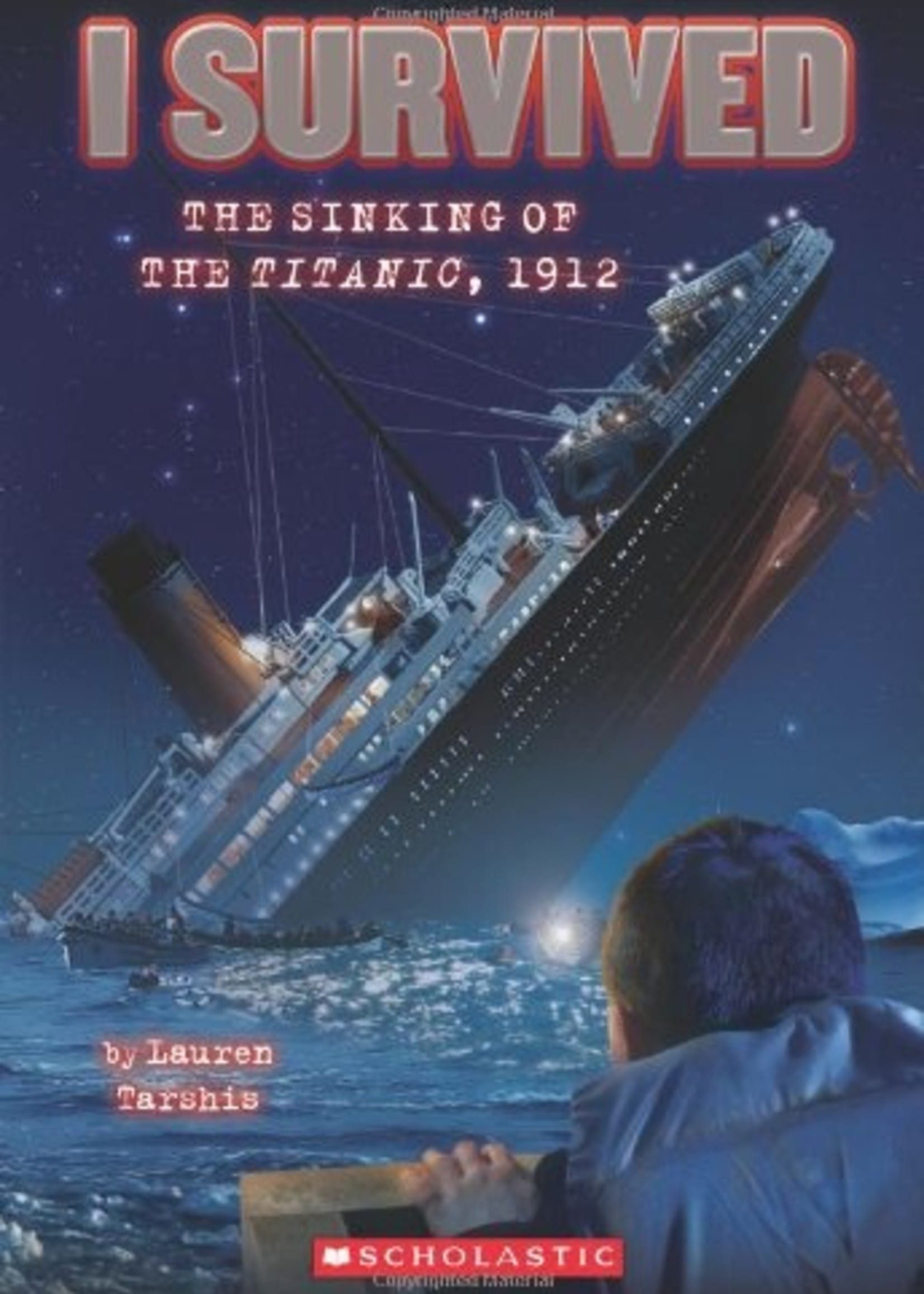George Calder’s Harrowing Escape
Experience the chilling tale of George Calder, a ten-year-old boy aboard the “unsinkable” Titanic on its fateful maiden voyage in 1912. This isn’t just a historical account; it’s a deeply personal journey seen through the eyes of a child facing unimaginable terror. As the icy Atlantic waters claim the grand ship, George must find the strength within himself to protect his younger sister, Phoebe, and Aunt Daisy. Join George as he navigates the chaos, heartbreak, and ultimately, the hope of survival in Lauren Tarshis’s captivating “I Survived the Sinking of the Titanic, 1912,” the first in the popular “I Survived” series. Explore the vibrant history of an Iraqi city on the Tigris here, brimming with cultural heritage and ancient charm.
A Night of Terror: From Luxury to Chaos
The Titanic, a symbol of opulence and innovation, was supposed to be unsinkable. But on the frigid night of April 14, 1912, tragedy struck. George, initially captivated by the ship’s grandeur, soon finds his world turned upside down. The faint shudder that ran through the ship, initially dismissed by some as a mere “tickle” from an iceberg, quickly transforms into a chilling reality. The ship lists, whispers turn to screams, and the festive atmosphere becomes one of sheer panic.
Imagine the scene through George’s eyes: the opulent dining halls now filled with fear, the once-gleaming hallways now pathways to an unknown fate. He witnesses the growing terror, the families desperately clinging to each other, and the crew struggling to maintain order amidst the chaos. It’s a stark contrast to the excitement and wonder he felt just hours before. This immersive experience pulls young readers into the heart of the disaster, allowing them to viscerally connect with George’s fear and determination.
George’s Courage: A Boy Becomes a Hero
George isn’t a superhero; he’s just a boy. But in this extraordinary circumstance, he displays remarkable courage. He isn’t just trying to save himself; his primary focus is Phoebe and Aunt Daisy. He takes charge, his love for his family fueling his every action. Imagine a ten-year-old navigating the chaotic maze of the sinking ship, pushing past panicked adults, and doing whatever it takes to ensure his family’s safety. His bravery is both heartbreaking and inspiring.
Tarshis masterfully captures the emotional turmoil of a child thrust into a life-or-death situation. George’s fear is palpable, but so is his resilience. He doesn’t give up, even when all hope seems lost. He embodies the strength of the human spirit, demonstrating that even in the darkest moments, courage can prevail. This theme of resilience resonates deeply, likely inspiring young readers to face their own challenges with newfound fortitude.
Escape and Rescue: A Glimmer of Hope
The struggle for survival is harrowing. The ship groans and creaks, the icy water creeps higher, and the screams echo through the night. George, Phoebe, and Aunt Daisy manage to find a lifeboat, a tiny beacon of hope in the vast, unforgiving ocean. They row away, witnessing the final plunge of the mighty Titanic – a sight that will forever be etched in their memories. The rescue by the Carpathia brings immense relief, but the trauma of the experience and the loss of so many lives cast a long shadow. Complementing this gripping narrative, discover the leader of the Pacemakers in 1960s pop here, who spearheaded the iconic band’s success.
This dramatic escape underscores the sheer luck involved in survival. While bravery and quick thinking were essential, many factors were beyond anyone’s control. This element of chance adds a layer of realism to the story, highlighting the unpredictable nature of disasters and the importance of cherishing life.
The Aftermath: Living with the Unsinkable
The story doesn’t end with the rescue. George, Phoebe, and Aunt Daisy survived, but they carry the emotional weight of the tragedy. The book offers a glimpse into the long-term impact of such a traumatic event, suggesting the possibility of lingering emotional scars. This nuanced approach adds depth to the narrative, moving beyond the immediate crisis to explore the complexities of healing and recovery.
More Than Just Survival: Exploring Deeper Themes
“I Survived the Sinking of the Titanic, 1912” offers valuable insights into historical events, human behavior, and the power of family. It sparks curiosity about the Titanic disaster, encourages empathy for those who experienced it, and reinforces the importance of courage and resilience.
- Historical Context: The book weaves George’s fictional story into the factual historical narrative, providing a compelling lens through which young readers can understand this monumental tragedy.
- Family Bonds: The unwavering love and protection within George’s family are central to the story, emphasizing the strength that can be found in these relationships, particularly during times of crisis.
- Courage and Resilience: George’s bravery and his ability to overcome fear in the face of unimaginable adversity serve as a powerful example of the human spirit’s capacity to endure.
- Age-Appropriate Narrative: Tarshis expertly balances the sensitive subject matter with age-appropriate language and storytelling, making the historical event accessible and engaging for young readers.
- The “I Survived” Series: As the first book in the acclaimed “I Survived” series, it opens a door to exploring other historical disasters through the eyes of young survivors. This provides a valuable platform for learning about history in a captivating and emotionally resonant way. The series’ availability in various formats – paperback, ebook, audiobook, and graphic novel – makes it accessible to a wide range of readers.
“I Survived the Sinking of the Titanic, 1912” is more than just a thrilling adventure; it’s a poignant exploration of human resilience and the enduring power of hope amidst tragedy. It stands as a testament to the strength that can be found within ourselves, our families, and the human spirit’s remarkable capacity to persevere.
- Unlocking TEA Words: Comprehensive Analysis & Lexical Insights - April 29, 2025
- Unlock Sustainable Farming:Achievable Crop Yields Now - April 29, 2025
- Unlock Your Potential: Words With Inspiration for Lasting Success - April 28, 2025
















